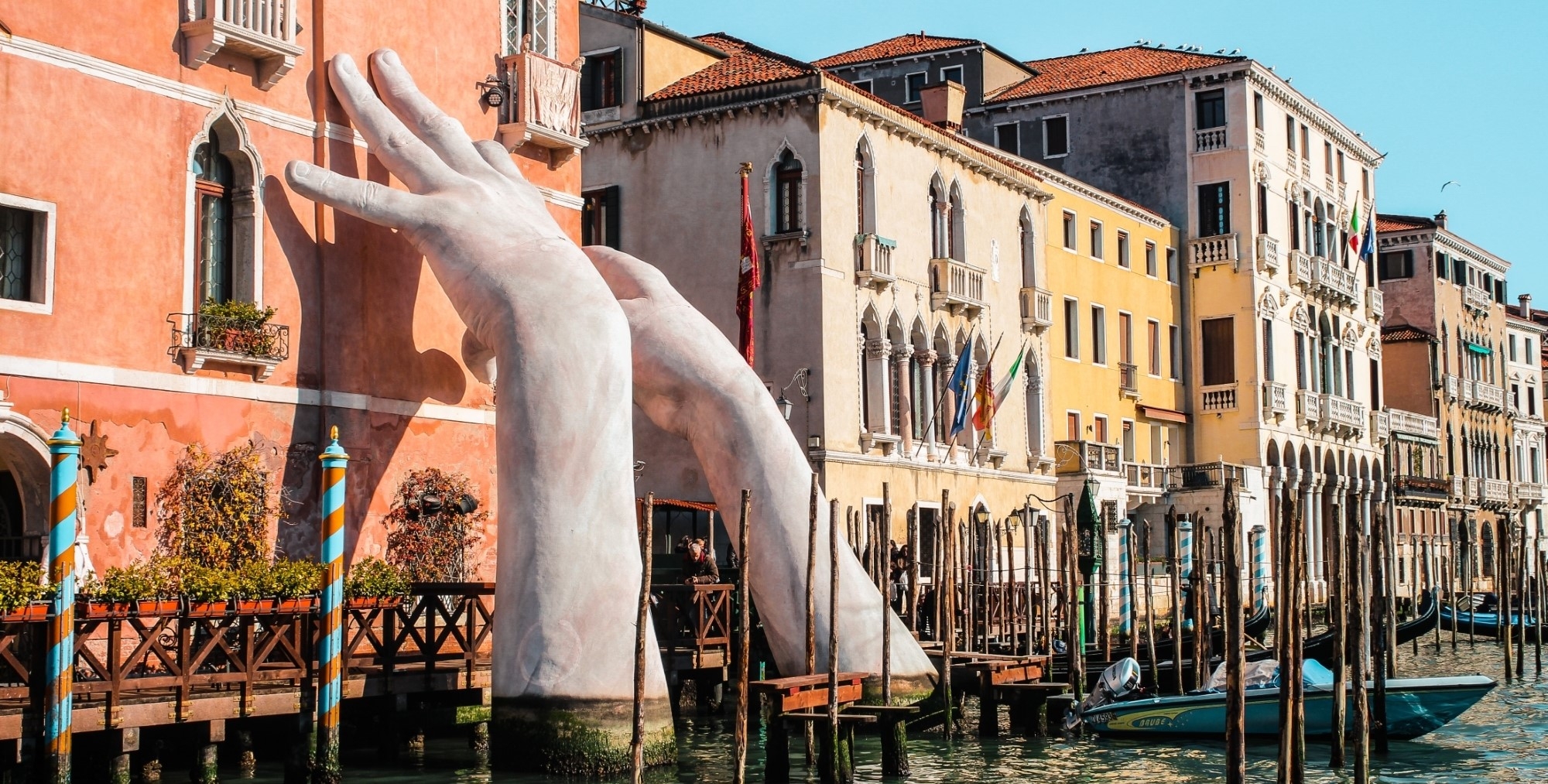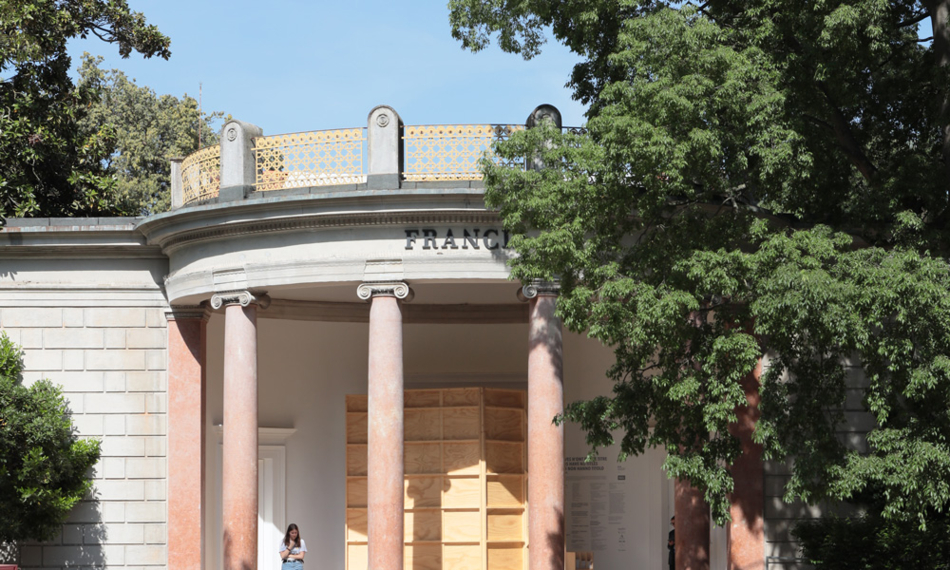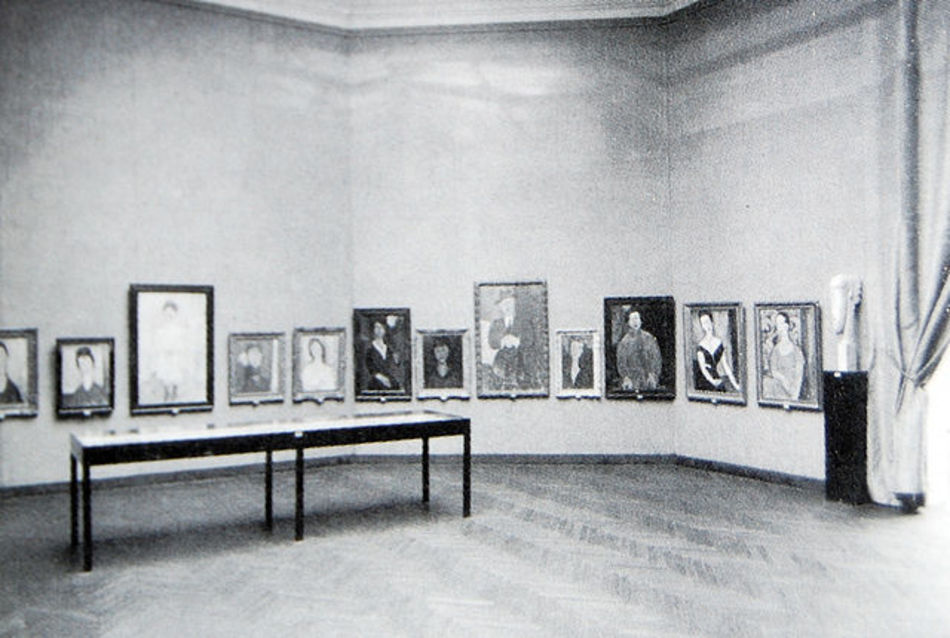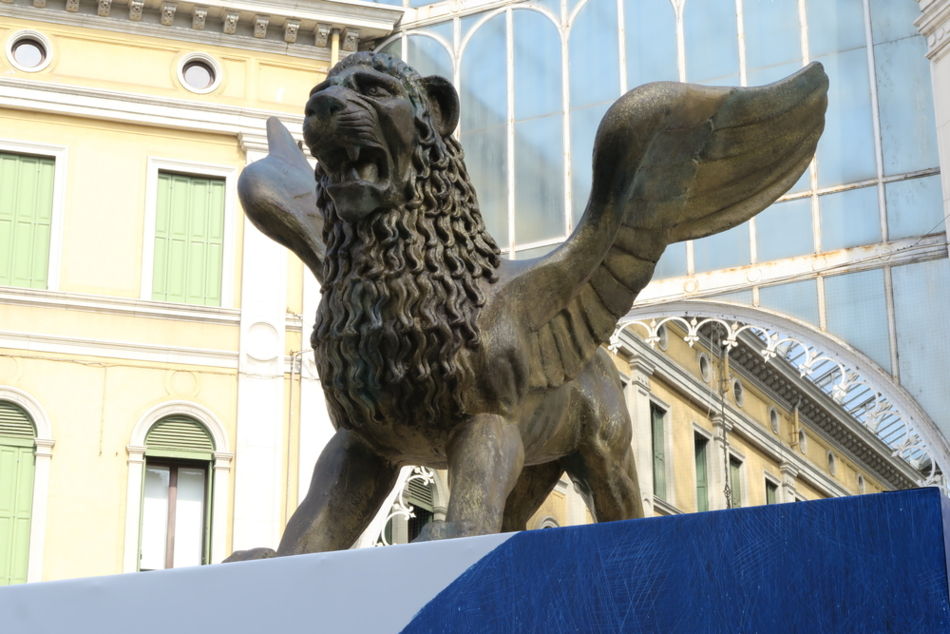
The history of the Venice Biennale
The Venice Biennale, the oldest and most prestigious art exhibition in the world, is held once every two years and features a highly reputed international jury.
The brainchild of the event was the mayor of Venice, Riccardo Selvatico who came up with the idea in 1893. Established in 1895 as the "International Art Exhibition of the City of Venice”, the first international art exhibition in Venice took place in the Giardini Gardens, where a pavilion called “Pro Arte” was built.

Why is it called Biennale?
The first edition of the event featured works by artists from 16 different countries and was attended by more than 200,000 people. The name of the exhibition was later changed to "Biennale" (from the Italian biennale "once in two years"). During the next 10 years, the structure of the Venice Biennale changed significantly.
What happens at the Venice Biennale?
At the turn of the 20th century, national pavilions from different countries began to be built. Belgium (1907) was the first country to get a pavilion in the Giardini Gardens, followed by Hungary, Germany and England (1909), France (1912) and Russia (1914). During the 20th century, national pavilions for 29 countries were constructed at the Venice Biennale.

After that, the organisers stopped building on the territory of the Giardini Gardens. Today, Russia, the United States, Japan, Italy, Britain, France, the Netherlands, Spain, Germany, and other leading countries have their own pavilions. Countries that do not have their pavilions rent exhibition spaces for the duration of the event.

The year 1930 marked a turning point for the Venice Biennale. The management of the exhibition was transferred from the municipal authorities to the federal institution. After this, it was decided that all film, theatre, music and dance festivals would be held in Venice. This was an effort to make Venice a "modern art zone."
Along with the Art Biennale, there is also an architectural exhibition - Architecture Biennale, which is held in the same pavilions on even-numbered years. These days, all the festivals that have their origins in the Venice Biennale are organised by the Biennale Foundation.
During the First World War, the Venice Biennale was not held. The exhibition was re-opened only in 1920. During World War II, the exhibition was not held until 1942. It was not until 1946 that the film festival was held. The music and theatre festival made a comeback in 1947. The art exhibition did not return until 1948.
The main attraction at the Venice Biennale of Contemporary Art is the Golden Lion. A special art director is appointed for each exhibition — usually a famous critic, or an expert in the field of contemporary art. They set a special theme for the Biennale and conceptualise the entire event. The winners are announced at the end of the exhibition, and the attendance statistics are disclosed.

What is the purpose of a Biennale?
The Venice Biennale was founded primarily to create a new market for contemporary art. Between 1942 and 1968, the sales office helped artists find clients and sell their works, and a 10% commission was charged for this service. These sales remained an integral part of the Biennale until 1968 when they were banned. The organisers lack the funds to finance the majestic projects the participants wish to create. So the attendees look for invitations to participate in the exhibition. Every two years the Venice Biennale coincides with nearby Art Basel, the main commercial contemporary art fair. Numerous galleries with artists exhibiting in Venice usually bring works by the same artists to Basel.
As an Art de Vivre subscriber, don’t miss our insider’s guide to the French pavilion at Venice Biennale 2022.
Credits for the Main photo: Sculpture "Support" for the Biennale by Lorenzo Quinn. The composition is dedicated to global warming © Evgeniya Telennaya
